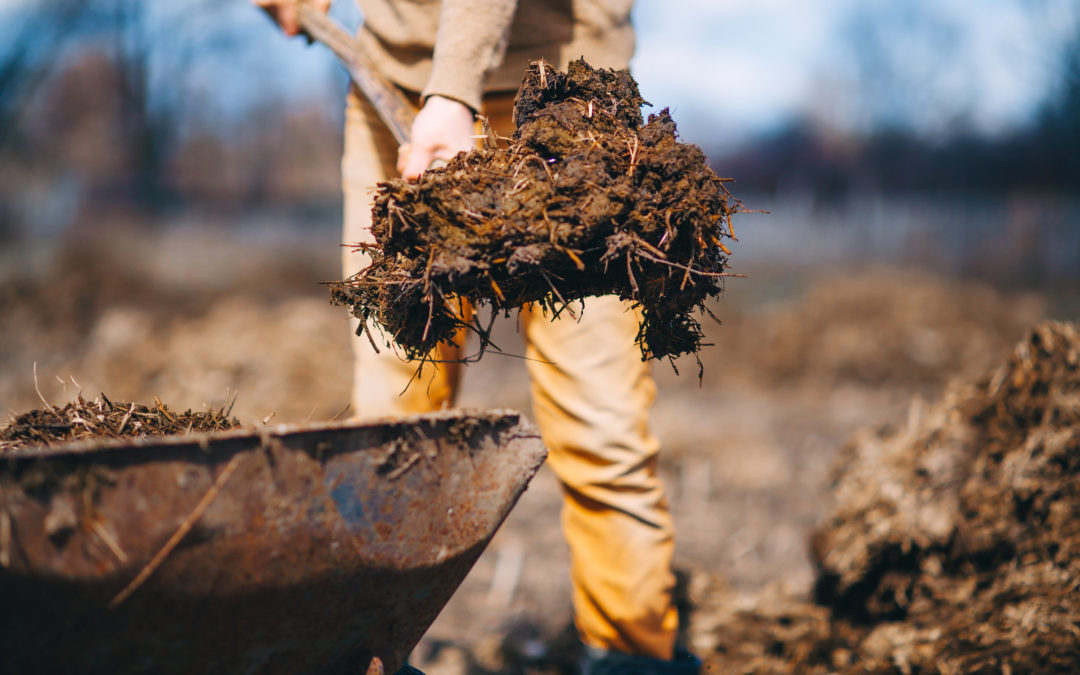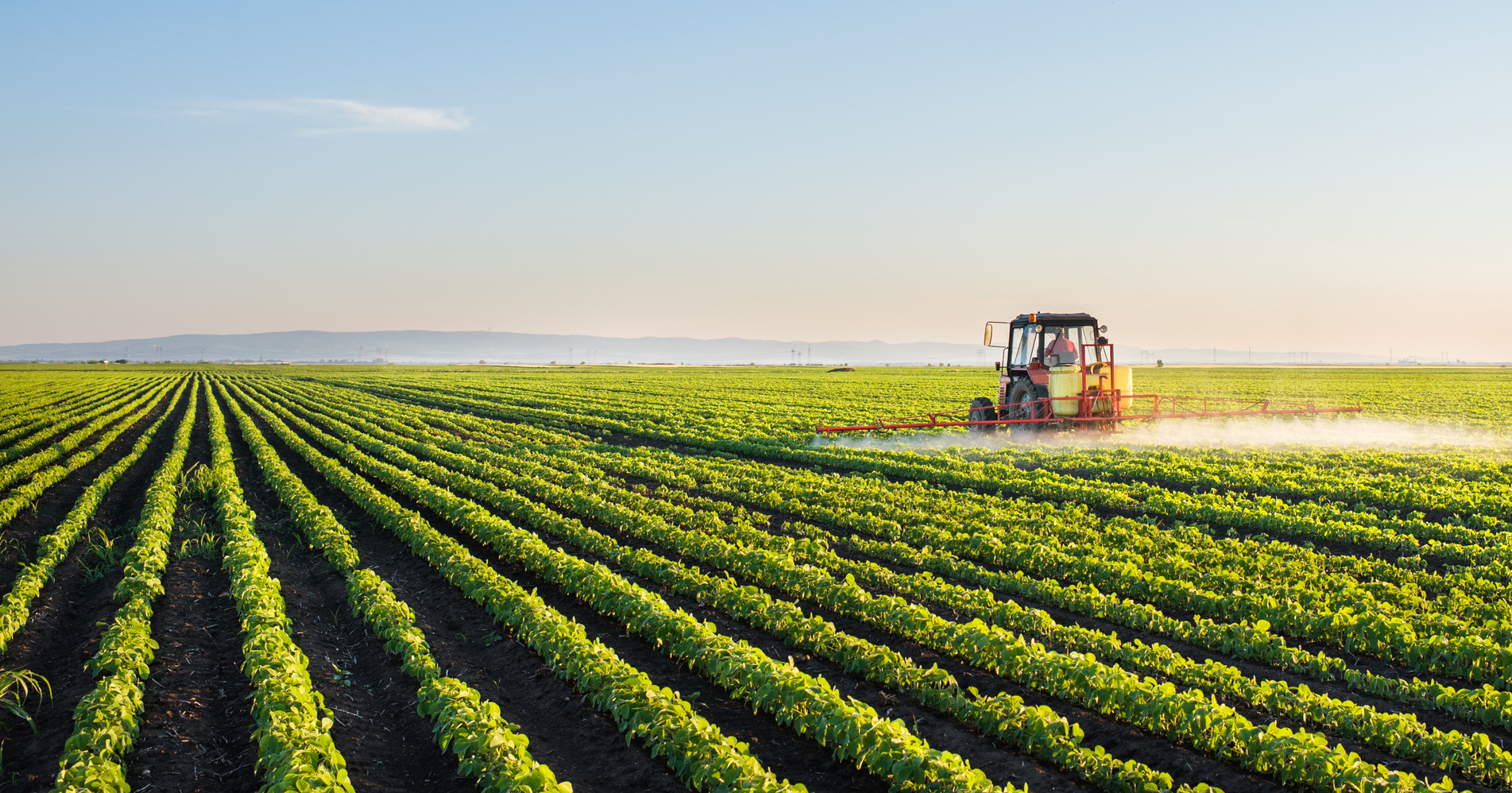People want healthy food. The demand for sustainable products is rapidly increasing, with younger people driving much of this change. The millennial generation in particular, is more concerned with environmental causes and purchasing products that align with their values. To keep up with this change in food preferences, agricultural practices will also have to change from the soil up.
One of the latest trends in agriculture has been a shift toward regenerative practices, which formed the traditional foundation of much of ag.
What is Regenerative Agriculture?
Regenerative agriculture, or “regen ag”, consists of farming and ranching using a holistic approach. The goal is to reduce, or potentially reverse, the harmful impacts that industrial agriculture causes to the ecosystem.
As of 2022, the market size of regenerative ag was estimated at $8.7 billion, with a projection of $16.8 billion by 2027. This growth is in part due to large corporations such as Nestlé, PepsiCo, and General Mills beginning to apply regenerative agricultural practices to their supply chains.
What is Soil Health?
While there isn’t a strict definition of regenerative ag, one of the most critical components revolves around soil health. The USDA describes soil health as “the continued capacity of soil to function as a vital living ecosystem that sustains plants, animals, and humans”.
Industrial agriculture is the mass production of crops and animals, the dominant agricultural practice in the United States. With industrial agriculture, the soil erodes far faster than it forms, leaving some land unusable. Erosion is only one part of this degradation. Nutrient density is plummeting, stifling plant growth and lowering overall crop yields. This is not to mention the negative impacts on human health.
How, exactly, is this happening? The industrial use of monocropping, tillage, and agrochemicals are some practices degrading American soil.
Monocropping: When the same crop is planted on the same land year after year, soil loses nutrients and quickly erodes. This doesn’t only affect the health of the humans who eat the crops. The crops themselves suffer from less nutrition, leading to a lesser yield.
Tillage: Tillage involves turning over old soil. It is often considered a necessary step in farming, as it uncovers deeper, nutrient-dense dirt for crops to grow. On the surface, it sounds like a good idea. However, the truth is that conventional tillage harms soil structure, causing runoff and erosion.
Chemicals: Chemical inputs, such as synthetic fertilizers and pesticides, are another factor in overall degradation. While they aim to provide growing crops with adequate nutrition, soil composition is damaged. These chemicals reduce soil biodiversity by depleting beneficial bacteria and promoting harmful bacteria.
The State of American Soil
Currently, soil health in the United States is suffering due to industrial agricultural practices like those previously discussed. The U.S. loses 10 billion tons of soil each year. This statistic sounds terrible enough on its own. However, the reality is even worse because of the increasing human population and natural disasters. We need more soil to feed the American people, not less.
The soil we have left is suffering too. Over time, 4.4 billion pounds of soil nutrients have been lost, leaving behind less nutritious and less productive soil. Despite the bleak picture, there is hope in regenerative agriculture.
Regenerative agriculture can help to minimize and potentially reverse harmful effects to soil health. Fortunately, interest in regenerative ag is increasing due to both shifting consumer preferences and corporate leadership. More farms must turn to regenerative agriculture to improve soil health by reducing greenhouse gas emissions, nutrient loss, and soil erosion.
Let’s look at some standard regenerative practices that can help improve soil quality.
Crop Rotation: As previously mentioned, monocropping damages the soil. Rotating crops each year can mitigate this damage. When crops are rotated, the soil is enriched with beneficial bacteria and fungi. This resulting biodiversity can help the growing crops and, eventually, food becomes more nutritious. The healthier soil also results in increased overall yield.
No-Till Farming: While conventional tillage has historically been considered a critical component of farming, more and more farmers are utilizing no-till techniques to promote soil health. No-till farming maintains the soil’s structure, and leftover crop residue protects it. It prevents soil erosion and helps with water absorption.
Composting: Composting, which involves using manure as fertilizer, also benefits the soil. It increases the soil’s organic matter, promotes stability, and increases water retention. All of these factors mitigate erosion.
Food and Soil Health
Without healthy soil, crops cannot adequately grow, creating problems with an increasing population. The more people there are, the more food production is needed. Regenerative agriculture promotes healthy soil that improves yields. In addition to the need for enhanced yield, soil health impacts food’s nutritional content. Adequate nutrients in the soil cause the resulting crops to be more nutrient-dense than those grown using industrial, agricultural methods. Food grown through regenerative ag possesses more vitamins and minerals, which promotes human health.
While soil health in the United States suffers due to long-standing industrial and agricultural practices, regenerative ag can reverse this worrisome trend. These practices reduce erosion, preserve nutrition, and promote biodiversity. Ultimately, these factors increase yield and provide more nutritious food. The recent trend toward regenerative agriculture provides hope for protecting healthy soil.






